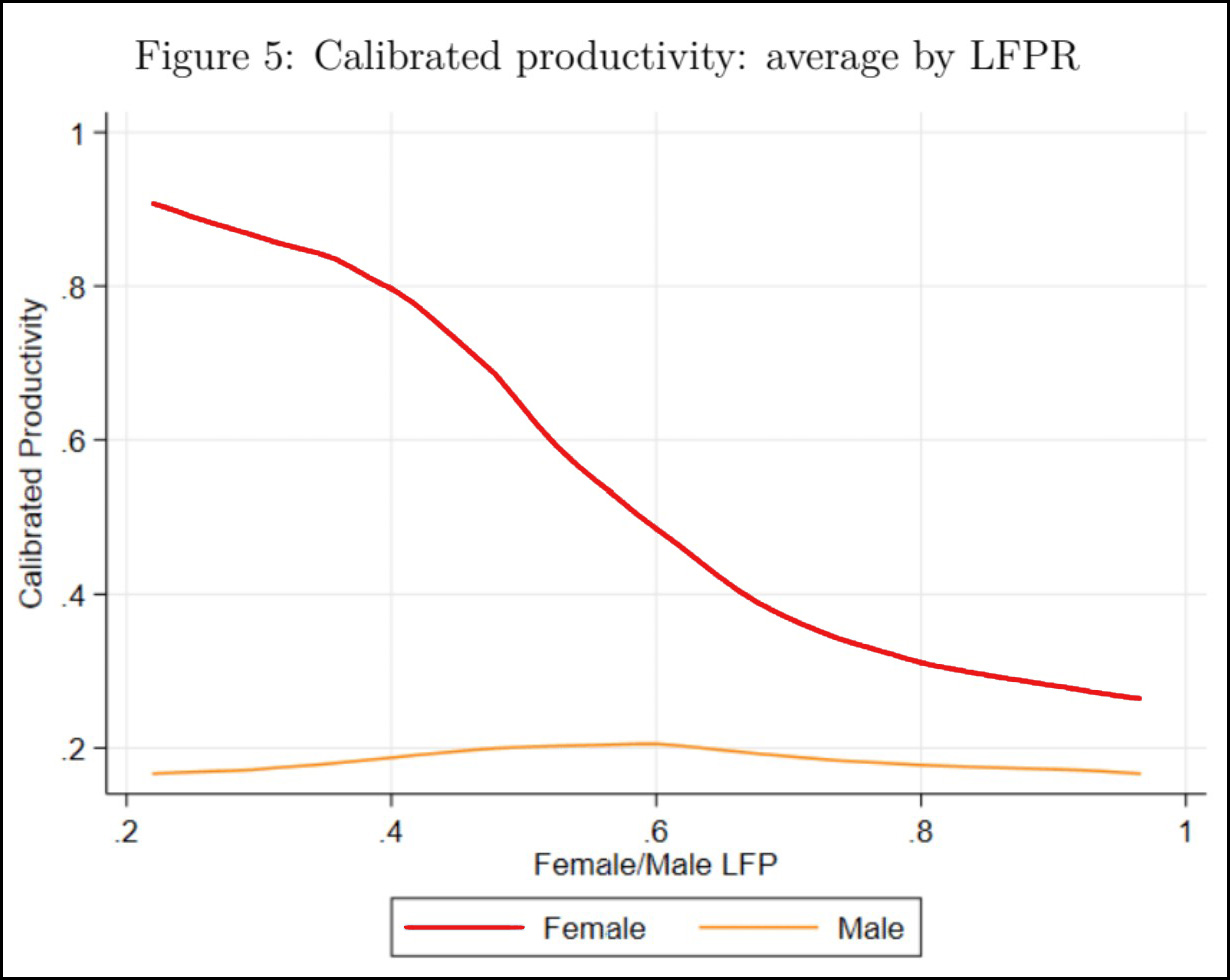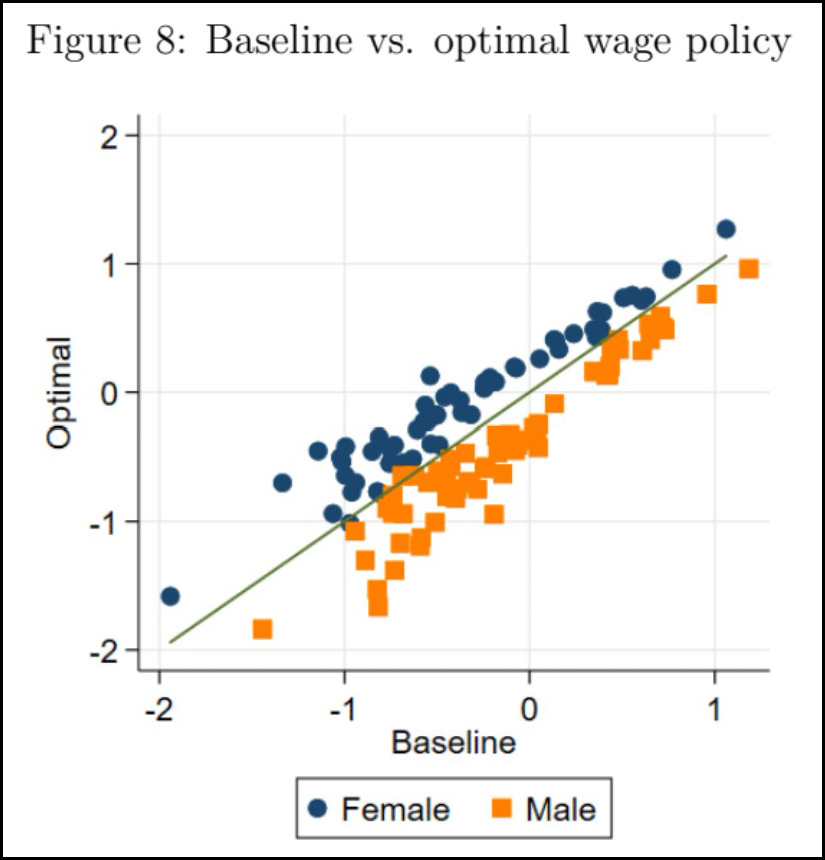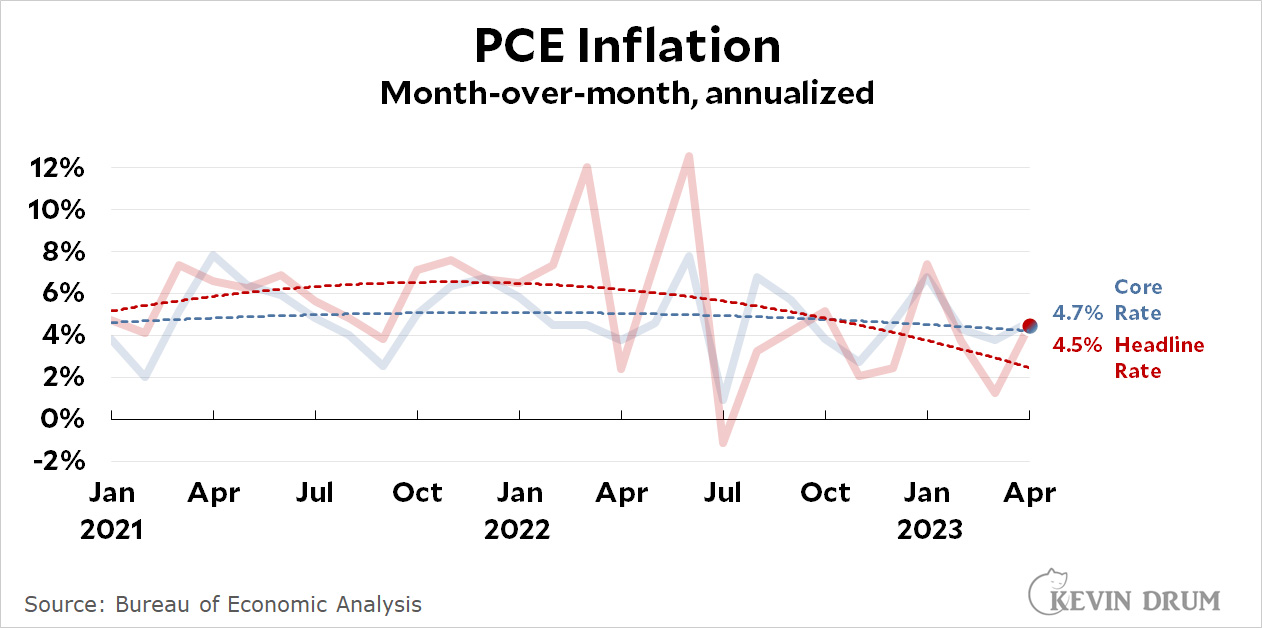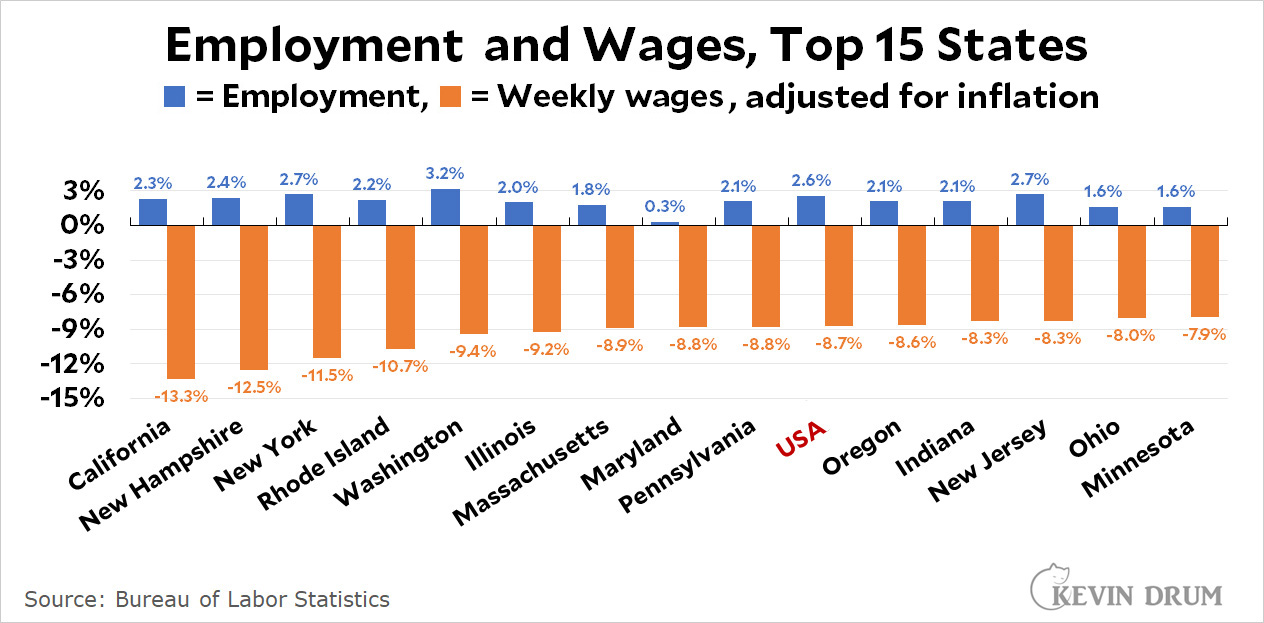It's worth going back in time a few months and remembering why the debt ceiling even still exists. Why wasn't it raised unilaterally by Democrats during the November/December lame duck session? Janet Yellen was certainly in favor.
Technically, the debt ceiling could have been increased easily via reconciliation. The procedure is straightforward: It starts with the House and Senate budget committees writing budget resolutions that include reconciliation instructions for raising the debt ceiling. These can be discharged immediately for passage on the floor that requires only 51 votes and can't be filibustered by Republicans.
There are two gotchas. The first is a rule that allows 50 hours of debate, which sucks up a vast amount of floor time that could be used for other priorities. The second is a required "vote-a-rama" in which Republicans can offer a theoretically endless set of amendments. In practice, however, since the amendments must be "germane" to the debt ceiling, this puts a limit on how many amendments Republicans can waste time with.
Bottom line: the whole process would have taken 2-3 weeks that Democrats wanted to use for other purposes. That's bad but hardly catastrophic. But this still isn't the real story.
The real story is that the Senate was split 50-50 and Democrats were missing a vote even for reconciliation. I'm sure you can guess whose vote it was:
The administration has determined that if it were to go the reconciliation route on the debt limit, it would face likely opposition from Sen. Joe Manchin (D-W.Va.).
....Already, Manchin has expressed reluctance to act on the debt limit with only Democratic votes, though he’s declined to rule it out completely. “I don’t think it should go to reconciliation,” he said Tuesday. “My goodness, it’s something we’ve always worked together on.”
According to Politico at the time, "That’s left White House officials to all but abandon efforts for a lame-duck move they once hoped might head off a potentially disastrous showdown with the House GOP majority next year."
In short, we are now facing a debt ceiling crisis thanks to Joe Manchin. That's it.








